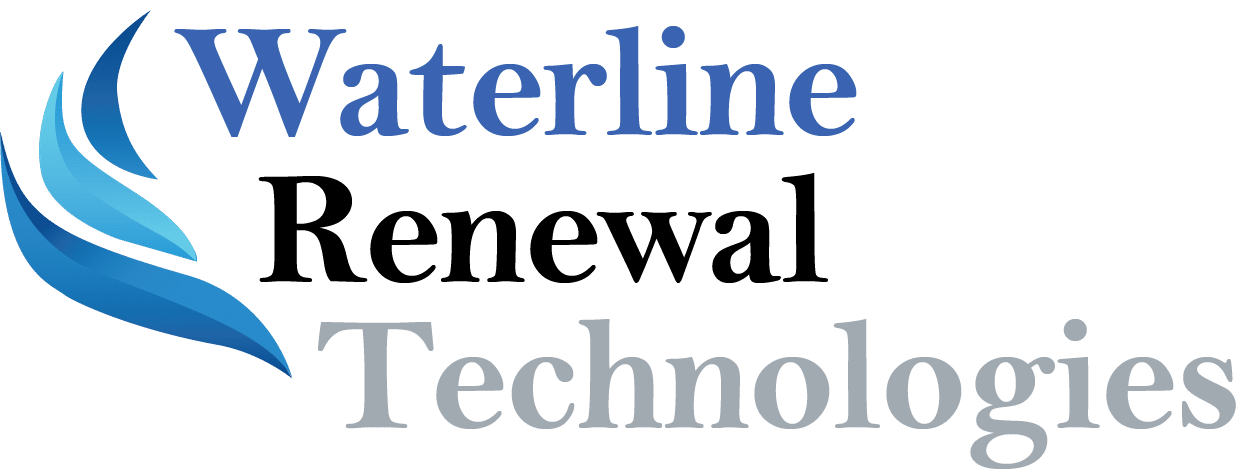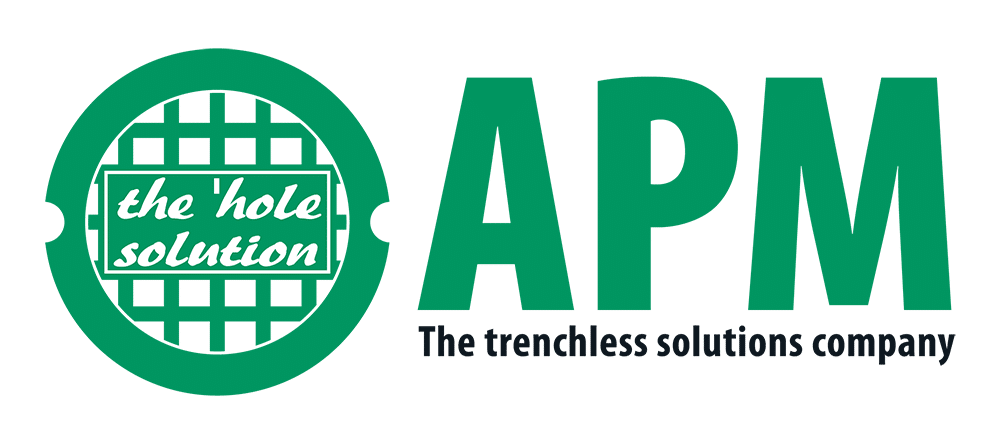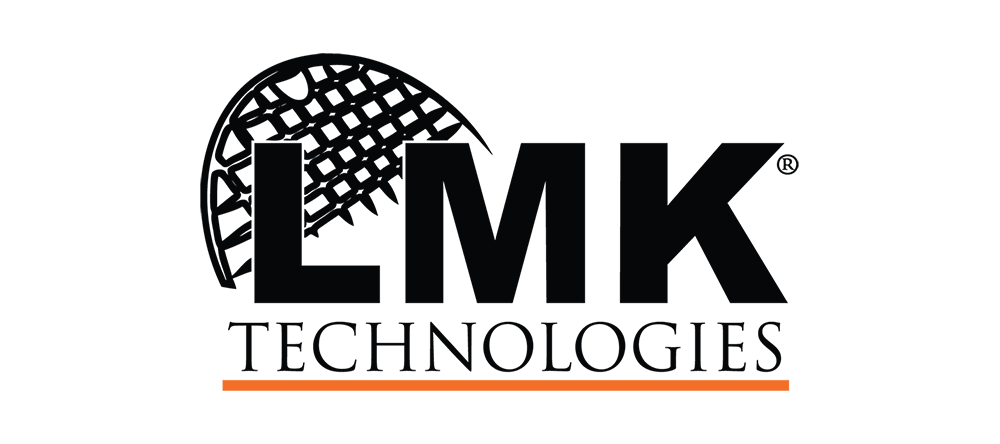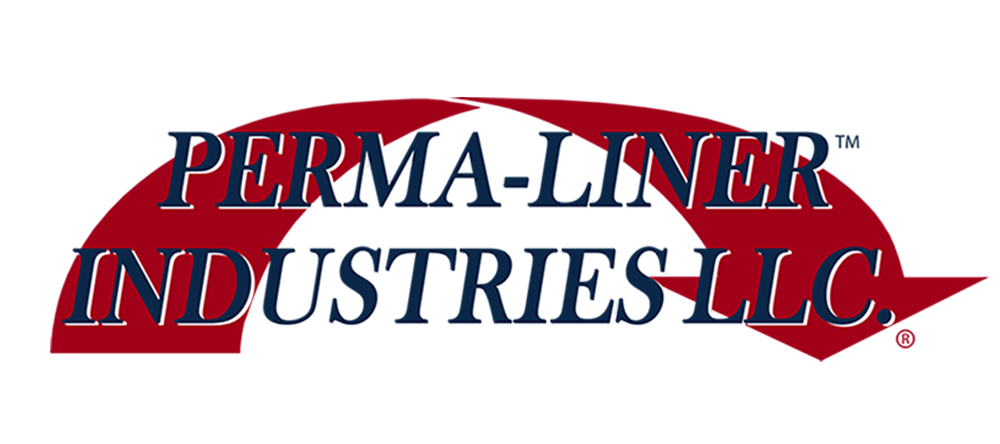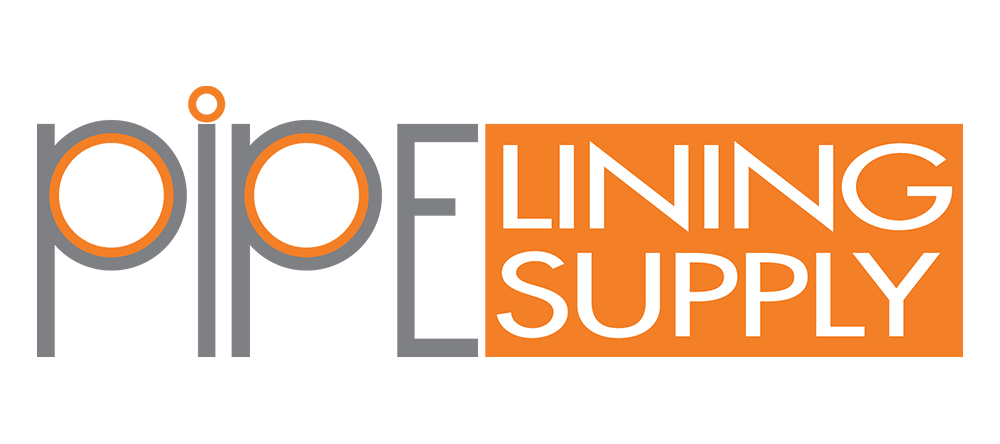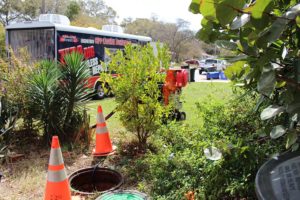Florida has many areas of water that can become polluted; requiring residents to make an increased effort on behalf of the environment. Rivers and streams drain into estuaries, bringing in nutrients from uplands. As long as nutrient-rich freshwater flows and tides interact without interference, estuaries will remain productive. Today, they remain one of our greatest natural resources. If you live along the estuary, there are several ways residents can be proactive. There are ongoing volunteer efforts in place to ensure heedful practices on behalf of coastal and marine ecology. Additionally, it is suggested that homeowners inspect their septic tanks. Brevard County has approximately 100,000 tanks. All totaled, there are an estimated 300,000 septic tanks in the five-county area bordering the Lagoon. Roughly 30 years ago, there were 46 sewer plants along the 156 miles of the Indian River Lagoon, resulting in discharges of up to 55,000,000 gallons daily into the estuary. However, when septic tanks fail, it can lead to ecological problems as well. The Lagoon can sustain large amounts of algae due to heavy rains forming a layer of low density water which can persist for months. The result wreaks havoc on life forms in the Lagoon. Other best practices for homeowners include watching where you mow, fertilize and use pesticides. A good rule of thumb is to keep a distance of at least ten feet from the water, helping to protect the estuaries from organic matter. The Quality Assurance Project Plans, which have been implemented within the State, continue on the estuaries throughout South Florida, as well as, the wetlands in Jacksonville.
Certified Installers take note: Perma-Liner Industries would like to invite you to our Refresher Training (Perma-Lateral™ specific) that will take place on July 12th and 13th at our Clearwater facility!! Please plan on attending. Register by calling 1-866-336-2568 or Click Here! See you then!
